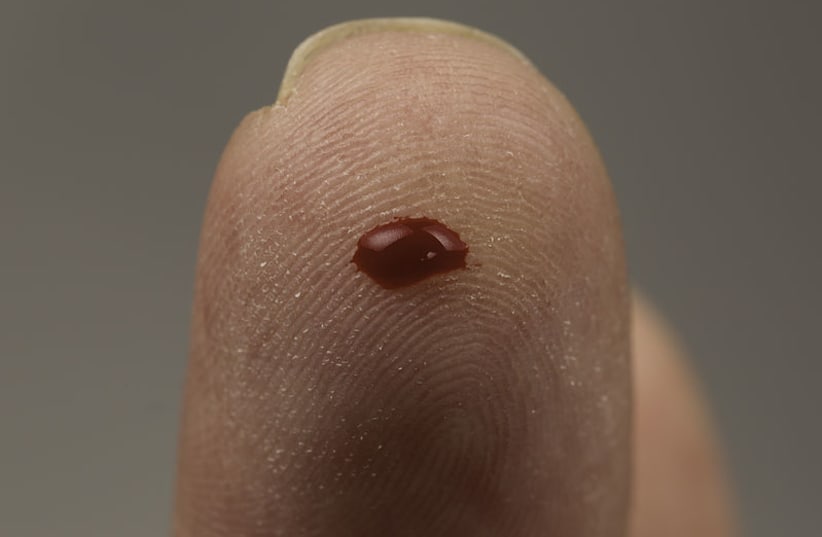The OBI had observed blood donors who possessed COVID-19 antibodies, and saw a notable yet moderate increase in donors with type A blood.
It is believed that the "A" molecule in question is what is allowing this to happen, as there were notably fewer donors with type-O blood that had antibodies compared to type-A and type-AB.
These findings follow earlier researcher in 2020, which had found that blood type could influence a person's risk factor for catching COVID-19. According to multiple studies, blood type-O was believed to have a lower risk of catching the virus.
But why is type-A blood seemingly at a higher risk?
That isn't entirely clear. But according to OBI CEO and president Dr. John Armitage, type-A blood creates a "sticky" environment in the respiratory system for the virus to infect.
“The As have a substance very similar to their A blood group that’s lining their lungs and their bronchi and respiratory tract,” he told local NBC-affiliate KFOR. This, he believes, could explain why some people get COVID-19 while others do not, despite both being together and exposed at the same time.
“If you think of a family – maybe somebody picks up the virus in a family from an event or they’ve been traveling together – maybe it’s a married couple and somebody gets the infection and the other doesn’t – it might be related to blood group, somebody might be more susceptible with that A,” he explained.
Other answers proposed by previous studies had different approaches. For example, one study conducted in Italy and Spain had suggested that the gene region that codes for blood type is associated with elevated levels of key immune molecules.
Nevertheless, the risk difference is still only moderate, and the OBI stressed that normal precautions should still be taken regardless of one's blood type.
Celia Jean contributed to this report.
